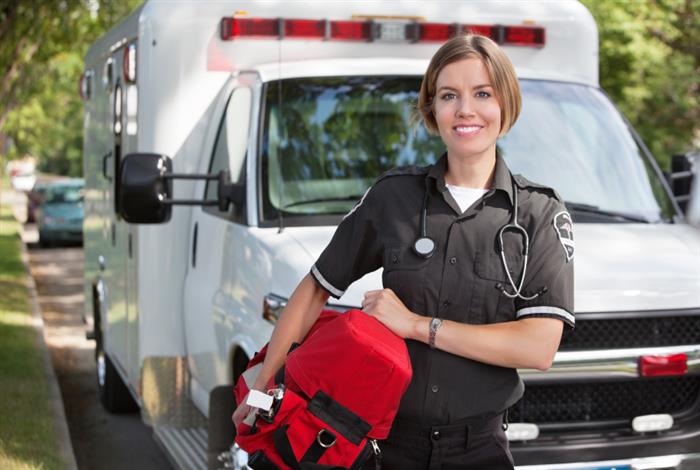 It’s a bright fall morning and you’ve just arrived at your station. The off-going crews are still asleep, no doubt from a previous busy night of calls, so you drop your gear beside the truck and head for the kitchen to make coffee. As the crews filter in, you get caught up in a lively discussion about last night’s football game and before you know it, an hour has slipped by. Suddenly, the tones go off, summoning your station to a cardiac arrest. Chaos ensues as the ongoing crews rush to respond and the off-going crews rip their gear from trucks. The medic you relieve yells something about expired drugs, but there’s no time for details as you race from the station.
It’s a bright fall morning and you’ve just arrived at your station. The off-going crews are still asleep, no doubt from a previous busy night of calls, so you drop your gear beside the truck and head for the kitchen to make coffee. As the crews filter in, you get caught up in a lively discussion about last night’s football game and before you know it, an hour has slipped by. Suddenly, the tones go off, summoning your station to a cardiac arrest. Chaos ensues as the ongoing crews rush to respond and the off-going crews rip their gear from trucks. The medic you relieve yells something about expired drugs, but there’s no time for details as you race from the station.
Sound familiar? We’ve all been there. You get sidetracked from truck checkout and then get caught when an early call comes in. You are now at the mercy of the previous shift’s crew, and if they were lax in their checkout, you’re going to pay the price.
Truck checkout is critical; one of the most important parts of your day, for without the proper equipment, your EMS capabilities are severely limited and your patients will suffer. So let’s review some of the steps involved in proper pre-shift prep routines.
What to Include in Your Routine
- Early start: Just as in emergency calls, time is of the essence, so arrive early for shift to avoid rushing through checkout.
- Repetition: It’s called “routine” for a reason. Get in the habit of going through the same steps each shift, so that nothing is missed. Use the same technique for checkout that you use in a patient assessment: work sequentially and be thorough.
- Checklists: Use your inventory sheet as a guide, so that each compartment and each piece of equipment is checked. Checklists1 are a great way to insure a thorough inventory.
- Turn it on: Don’t assume your equipment works; turn it on to make sure. This includes your monitor, oxygen, and your portable suction unit.
- Check those batteries: Make sure all batteries are charged, functioning, or replaced. That portable suction unit won’t be any use to you or your patient if the batteries are dead.
- Plan ahead: Always think worst case scenario and plan for it. Today might be the day you respond to a mass shooting, a train derailment, or a natural disaster. Be sure you and your equipment are prepared.
It’s Not Only About Equipment…
Your pre-shift prep routine does not begin at shift change. It begins long before you ever report for work. Deficiencies in cardiovascular health among EMS personnel are well documented2 and the repercussions can spell disability and even death. Here are a few tips to ensure you’re ready to go when your shift begins:
- Plenty of Z’s: Go to bed early and get a good night’s sleep the night before you report for duty. Sleep is essential for a healthy body and a clear mind!
- Work it out: Use your time off to exercise and try to make time on duty for physical activity. It’s not only great for your physical health, it’s also an essential part of stress relief.
- Mind what you eat: A healthy diet is essential, both off duty and on. So plan your meals carefully and keep healthy snacks on hand for those busy shifts.
- Stay sharp: Continuing education is one of the most essential aspects of pre-shift prep, so stay abreast of EMS news and review your protocols on a regular basis.
Emergency response is all about readiness: if you or your equipment are not ready, your patients are not the only ones who will suffer. So take as much care before shift as you do on shift. Be thorough and consistent in your pre-shift prep routines so that you are ready for anything the day may bring.
Barishansky, RM, 2010
If You Don’t Have a Checklist, You Probably Should, EMS World online, http://www.emsworld.com/article/10319156/if-you-dont-have-a-checklist-you-probably-should
Smith, E, 2012
Study Finds that Many EMS Providers Are Overweight or Obese, JEMS online, http://www.jems.com/articles/2012/03/study-finds-many-ems-providers-are-overw.html














